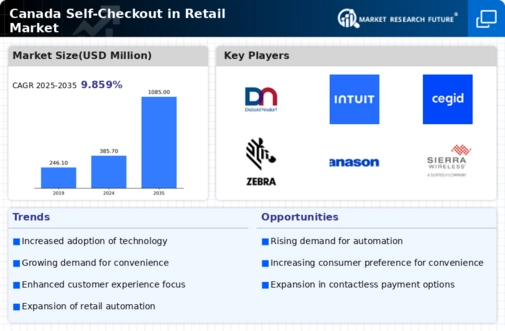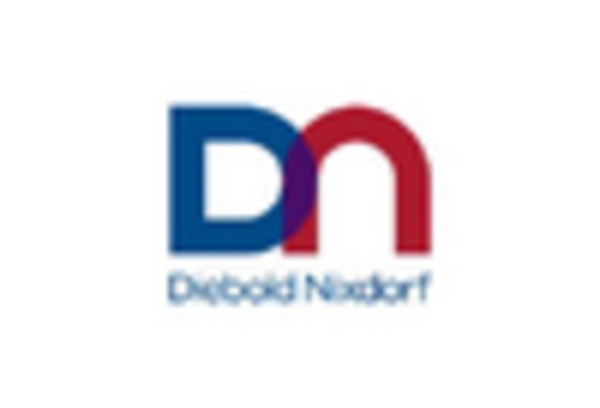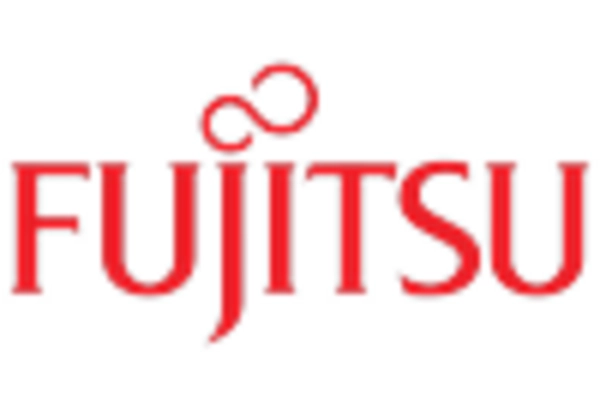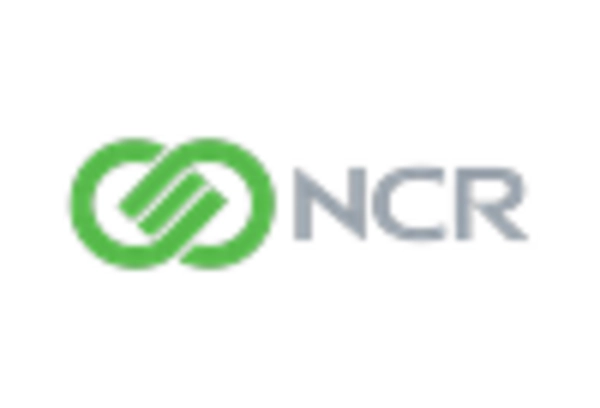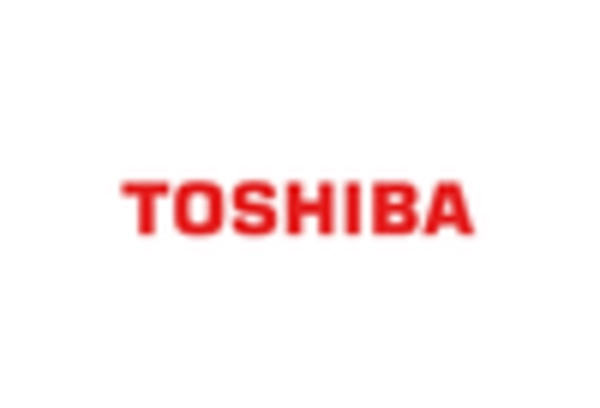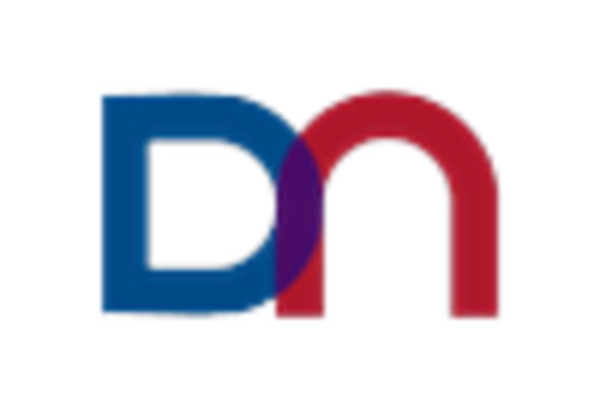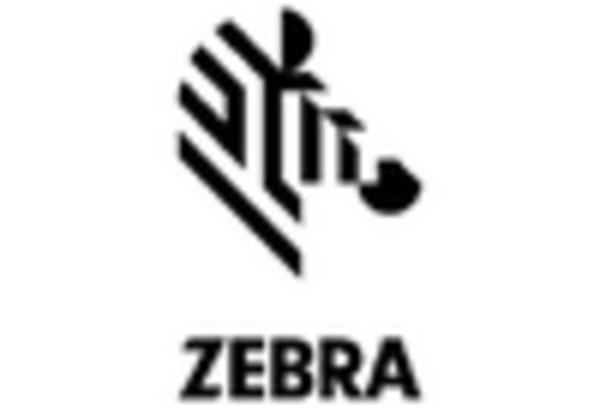Rising Labor Costs
The self checkout-in-retail market is experiencing a notable shift due to rising labor costs in Canada. As wages increase, retailers are compelled to seek cost-effective solutions to maintain profitability. The implementation of self checkout systems allows retailers to reduce the number of staff required at checkout counters, thereby lowering operational expenses. In 2025, labor costs in the retail sector are projected to rise by approximately 3.5%, prompting many businesses to invest in self checkout technology. This trend not only helps in managing costs but also enhances the overall shopping experience by reducing wait times, which is increasingly important to consumers. Consequently, the self checkout-in-retail market is expected to expand as retailers adapt to these economic pressures..
Expansion of Retail Formats
The expansion of various retail formats, including convenience stores and supermarkets, is contributing to the growth of the self checkout-in-retail market. As retailers diversify their offerings and adapt to changing consumer preferences, the need for efficient checkout solutions becomes paramount. In Canada, the number of convenience stores has increased by approximately 5% annually, creating a demand for self checkout systems that can accommodate high volumes of transactions in limited spaces. This trend suggests that retailers are recognizing the value of self checkout technology in enhancing operational efficiency and customer satisfaction. As more retail formats embrace self checkout solutions, the market is poised for continued growth.
Consumer Demand for Convenience
In the current retail landscape, consumer demand for convenience is a driving force behind the growth of the self checkout-in-retail market. Shoppers increasingly prefer quick and efficient shopping experiences, leading to a rise in the adoption of self checkout systems. According to recent surveys, over 60% of Canadian consumers express a preference for self checkout options, valuing the ability to complete transactions at their own pace. This shift in consumer behavior indicates a significant opportunity for retailers to enhance customer satisfaction and loyalty. As convenience becomes a priority, the self checkout-in-retail market is expected to flourish, with more retailers integrating these systems into their operations to meet evolving consumer expectations.
Increased Focus on Health and Safety
The self checkout-in-retail market is also being shaped by an increased focus on health and safety standards. Retailers are implementing self checkout systems as a means to minimize contact between customers and staff, thereby addressing consumer concerns regarding hygiene. In 2025, a significant % of Canadian consumers prioritize health and safety when shopping, leading retailers to adopt solutions that promote a safer shopping environment. Self checkout systems not only reduce the need for direct interaction but also allow for better management of store traffic. This heightened emphasis on health and safety is likely to drive further investment in self checkout technology, as retailers seek to reassure customers and enhance their shopping experience.
Technological Advancements in Payment Systems
Technological advancements in payment systems are significantly influencing the self checkout-in-retail market. Innovations such as mobile payment solutions and contactless transactions are becoming increasingly prevalent, facilitating smoother and faster checkout experiences. In Canada, the adoption of mobile payment methods has surged, with approximately 45% of consumers utilizing these technologies in retail settings. This trend not only enhances the efficiency of self checkout systems but also aligns with consumer preferences for secure and quick payment options. As retailers continue to invest in advanced payment technologies, the self checkout-in-retail market is likely to see substantial growth, driven by the demand for seamless transaction processes.


